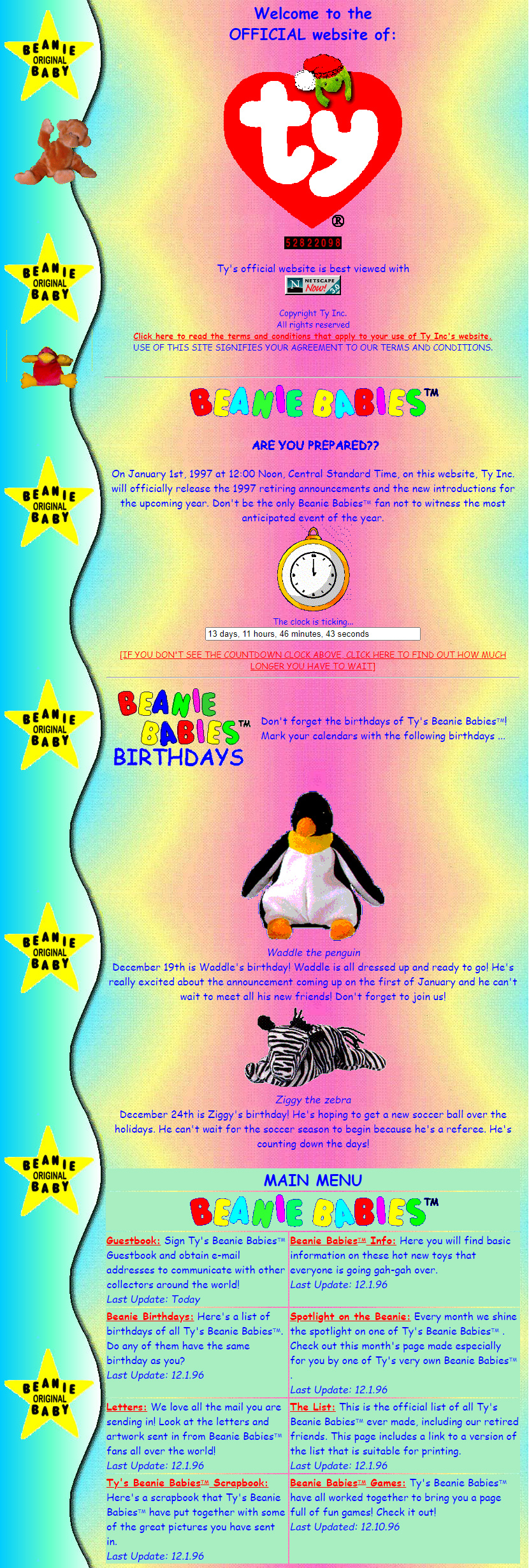The 90s was an incredible decade for many things, but one of the most popular trends of this period was the Beanie Baby craze. These small and affordable stuffed animals were a huge hit among children and adults alike for their low cost and collectible value. But what can we learn from the success of Beanie Babies when it comes to content marketing? Here are some lessons we can take away from the beloved 90s trend:

Aim For A Price Everyone Can Afford
One of the key marketing strategies employed by Ty Inc., the company behind Beanie Babies, was to keep their prices low so that everyone could afford them. By creating products that people could purchase with their own pocket money, Ty made sure that everyone could become part owners in the Beanie Baby craze. This strategy is also applicable in content marketing, where organizations need to make sure that their online presence is accessible to all potential customers. Whether you’re offering free e-books or premium services, be mindful that your price point should be reasonable enough for everyone to consider buying into your product or service.
Be Secretive Yet Highly Engaging
The beanie baby craze experienced tremendous success because of its element of mystery. Before releasing each new animal, Ty Inc kept everything secret – no images or descriptions were available until they had already been released on store shelves. This tactic created a sense of anticipation that had customers excitedly speculating about what was coming next. In content marketing, being secretive yet engaging is just as important – create suspense through teasers and trailers before launching a new product or service that will pique your audience’s interest and have them waiting eagerly for more information about what you’re offering.
Add Fuel To The Fire
Ty Inc added fuel to the fire by periodically releasing surprise versions of existing animals with special color variations or features not found on regular releases – like 100th Birthday bears or Valentines bears – providing collectors with rare opportunities to add unique pieces to their collections. As a content marketer, you should also strive to provide customers with meaningful surprises regularly in order to keep them engaged and excited about what you have to offer in terms of products/services and also build trust within your target audience over time as they grow accustomed to expecting great things from you whenever released.
Limit Advertising and Be Secretive
Rather than advertising extensively, Ty Warner opted to let word of mouth do its magic with Beanie Babies. He stayed relatively quiet about his business model but added subtle surprises every now and then to keep people interested in the product line. This strategy drove more people to become curious about what would happen next in the Beanie Baby realm and kept people talking about it long after its prime time. For modern content marketers, this tactic is still useful when used correctly – create hype around your products or services by consistently adding new elements or updates but don’t give away too much information at once; let your audience anticipate what’s coming next!
Leverage Collectible Status
What set Beanie Babies apart from other small plush toys was their collectible status – there were rarer versions of some animal designs which made them even more desirable and valuable on secondary markets. As a result, some have fetched prices upwards of $1,000! Content marketers can leverage this idea by creating limited edition pieces or special packages for customers who are willing to pay extra for something exclusive.
The success of Beanie Babies stands as proof that simple tactics can often yield big results when it comes to effective content marketing strategies; by keeping prices low, maintaining an element of secrecy & intrigue around launches, and providing occasional surprises every now and then, marketers can capitalize on consumer excitement while ensuring their online presence remains relevant & enjoyable over time.
BONUS CONTENT: The 1996 Ty.com Website from webdesignmuseum.org






